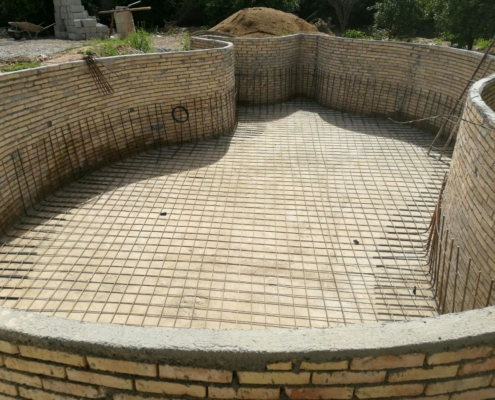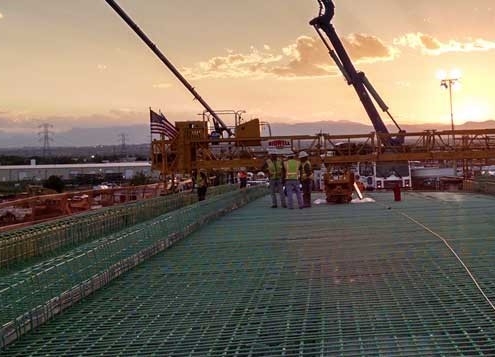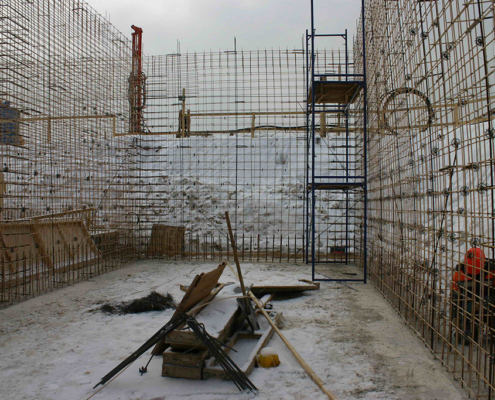Understanding the Bending Strength of GFRP Rebars: An In-depth Analysis
Introduction to GFRP Rebars
Glass Fiber Reinforced Polymer (GFRP) rebars are an innovative alternative to traditional steel reinforcement bars in construction. Made from a combination of glass fibers and a polymer matrix, GFRP rebars offer key advantages such as corrosion resistance, lightweight, and ease of handling. The construction industry has increasingly adopted GFRP rebars in recent years due to their superior mechanical properties and durability, particularly in hostile environments.
What is Bending Strength?
This type of strength, also known as flexural strength, is a critical property for materials used in construction. It refers to a material’s ability to withstand flexural loads without failing. For reinforced concrete structures, understanding this type of strength of rebars is vital as it ensures the structural integrity and longevity of buildings and infrastructure.
Importance of Bending Strength in GFRP Rebars
This type of strength of GFRP rebars is essential for several reasons:
1. **Structural Performance**: GFRP rebars must provide adequate support when incorporated into concrete structures. This type of strength directly affects the overall stability and performance of bridges, slabs, and other reinforced concrete components.
2. **Design Efficiency**: Engineers can utilize GFRP rebars to achieve lightweight designs without compromising strength. This allows for more flexible design options and can lead to cost savings in both materials and labor.
3. **Durability**: GFRP rebars exhibit excellent resistance to environmental factors such as moisture, chemicals, and extreme temperatures. Understanding their flexural strength helps in predicting their long-term performance in various conditions.
Factors Affecting the Bending Strength of GFRP Rebars
Several factors influence this type of strength of GFRP rebars, including:
1. Fiber Content
The amount and orientation of glass fibers within the polymer matrix significantly impact the mechanical properties of GFRP rebars. Higher fiber content typically leads to improved strength and stiffness.
2. Resin Type
The type of polymer resin used in the production of GFRP rebars also plays a crucial role. Different resins have varying properties; for example, epoxy resins tend to provide higher strength compared to polyester resins, thus influencing the flexural strength of the rebar.
3. Manufacturing Process
The method of production, including curing processes and temperature conditions, affects the bonding between the fibers and the matrix, ultimately impacting the this type of strength of the final product.
4. Rebar Geometry
The shape and size of the GFRP rebars influence their bending capacity. Tapered or specialized designs can enhance performance, allowing for optimized load distribution in reinforced concrete applications.





















